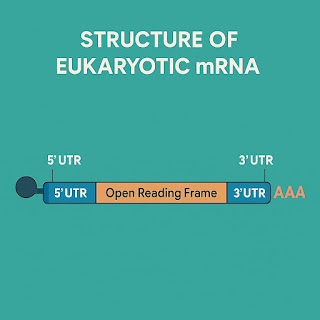Viruses to the Rescue: An Overview of Bacteriophage Therapy
“Virus”—the first thing that comes to mind upon hearing or reading this word is typically infection, disease, and pathogenic effects. But what if we told you that some viruses can actually be used to treat diseases?
Bacteriophages, or phages, are viruses that infect and attack bacteria, destroying or killing them in the process. Surprisingly, these viruses can be harnessed to treat certain infections — this approach is called phage therapy.
Phage therapy isn’t a new technology; it was first discovered by Frederick Twort (UK) and Félix d'Hérelle (France) in 1915–1917. After its discovery, phage therapy was implemented in Europe and the Soviet Union to treat bacterial infections. However, its use in the West declined after the mass production of antibiotics in the 1940s. Nevertheless, the Soviet Union continued to research and use phage therapy.
In recent years, there has been a resurgence of interest in phage therapy due to the rise of antibiotic-resistant pathogens, such as MRSA (Methicillin-Resistant Staphylococcus aureus) and VRE (Vancomycin-Resistant Enterococcus), and many other multidrug-resistant bacteria.
Procedure for Phage Therapy:
-
Isolation of Phage: Bacteriophages are collected from natural sources. The target bacterium is cultured, and phages specific to it are isolated through methods like spot tests and plaque assays.
-
Determining Host Range: The phage’s host range — which strains it can infect — is determined. Specifically, lytic phages (those that destroy their host) are preferred for therapy over lysogenic phages (those that integrate into the host genome).
-
Genome Sequencing: The phage’s genome is sequenced to make sure it doesn’t carry any virulence factors or antibiotic resistance genes.
-
Amplification and Purification: Phages are multiplied in the target bacteria and then separated from the bacterial debris. Subsequently, the phage preparation is purified using techniques such as centrifugation and ultrafiltration.
-
Formulation: The phage preparation is formulated in a sterile buffer. It may be administered in different forms — as a liquid (for intravenous or oral use), a cream, or a nasal spray — depending on the site of infection.
Different Uses of Phages:
-
Direct use of lytic phages to kill bacteria.
-
Phage-derived enzymes:
-
Endolysins: Applied externally to degrade the bacterial cell wall.
-
Depolymerases: Breakdown capsules and biofilms, improving antibiotic penetration.
-
-
Engineered phages: Phages can be designed to deliver CRISPR-Cas components directly into bacteria to cut specific genes.
-
Phage-Antibiotic Combination: Combining phage therapy with antibiotics can result in more effective bacterial killing and help reduce the development of resistance.
Phage therapy has not yet been broadly approved as a mainstream clinical treatment in most countries. Nevertheless, it is currently used under compassionate use or in clinical trials. Although it may not become a standard treatment immediately, ongoing trials suggest it could become a valuable tool in the future.




Comments
Post a Comment